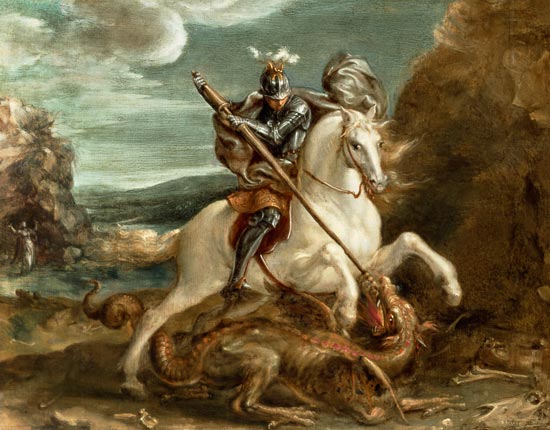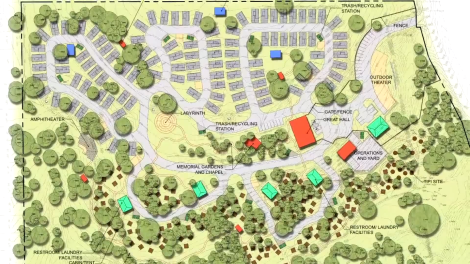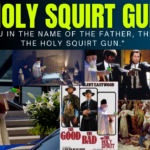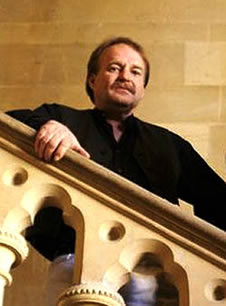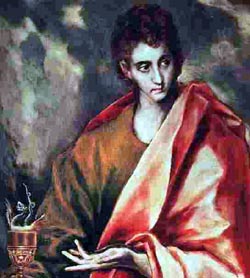On the northeast coastal area of the island of Crete lying east of the island’s capital Heraklion, and north of the town of Ierapetra and west of the town of Sitia, you will find the most ancient Holy Village of Ayios Nikolaos, which is also known by the names Agios Nik or Ag Nik – Greek: Άγιος Νικόλαος [ˈaʝos niˈkolaos]) and in English – Saint Nicholas.
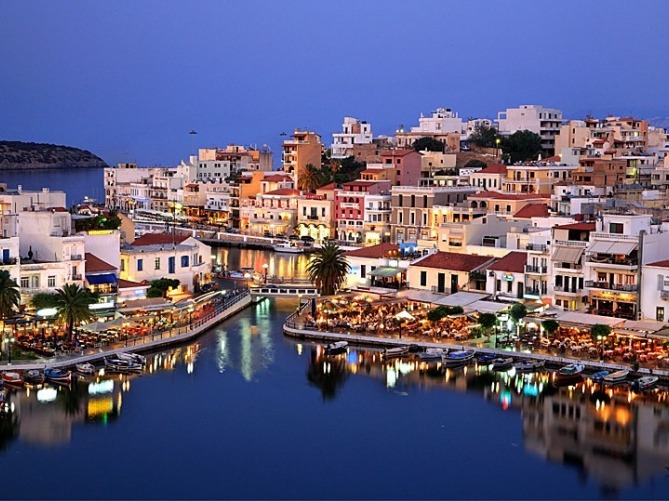
At the northern end of the harbor of the village on a small headland, there is a famous old Church of Hagios Nikolaos – St. Nicholas, which gave its name to the town.
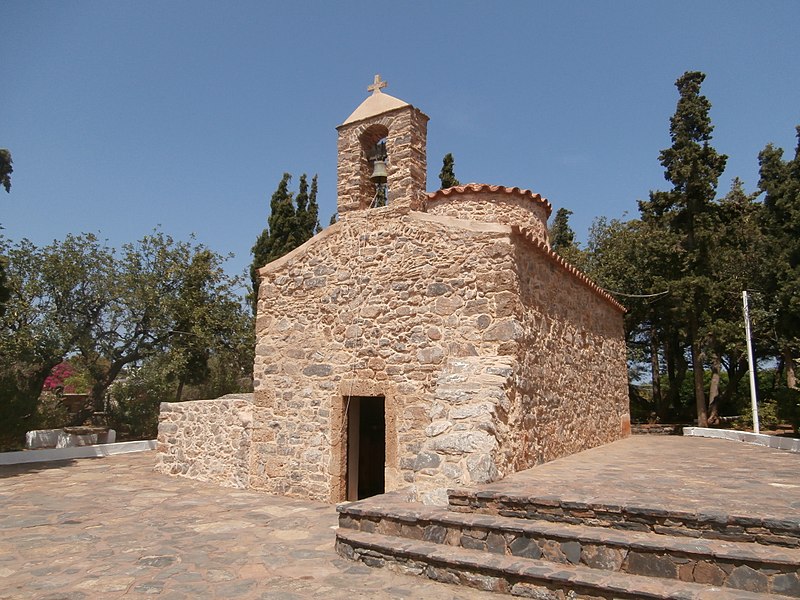
St. Nicholas is the patron protector Saint of Holy Russia who according to the Russian Orthodox Church, has saved Russia many times from catastrophe. In fact, it is said that almost every church in Russia has at least one St. Nicholas icon and his image has always received the greatest reverence from the Russians. Nicholas is also the patron saint of fishermen, sailors and of all of Greece.
The Church of St Nicholas is surrounded by the largest cypresses which were used anciently to build the ships for the Phoenicians/Cretans and it belongs to the most important holy churches in Crete and its walls are adorned by many priceless frescoes. This location is where it is said that the old temple of Poseidon had stood and the court of the physicians.
There are many other old important Orthodox Churches nearby such as Agios Nikolaos in Ormos, the Early Christian Basilica in Elounda, Kera, Agios Ioannis Prodromos, Hodegetria, Agios Georgios Kavoussiotis and Agios Ioannis Theologos in Kritsa, Metamorphosis in Neapolis, Agios Onoufrios in Voulismeni, Kera-goniotissa in Latsida, Agios Georgios Selinaris, Agios Georgios Vrachassotis Monastery, Fraro Monastery and Megali Panagia in Neapolis, Koufi Petra Convent and Kremasta Convent in Vrysses.
There are quite a few beautiful beaches that are close by as well. Beaches like Ammos, Kitroplatia in the town center, Ammoudi and Havania beaches, which is on the way to Elounda and Plaka pebble beach.
Going back further in time we find that this ancient Cretan town is of extreme historical significance due to the fact that it was one of the twelve towns of Attica. It was anciently called Tenos, which was sacred to Poseidon, the modern town of St. Nicholas is built. It was eventually was melded into one political community by King Theseus who was said to be the founder-king of Athens.
The story of Thesus tells us that he was rescued from the Labyrinth by the Cretan King Mino’s daughter Ariadne and for her Great Work, she was given the Crown that was legally called Gnosia Corona, and she has officially surnamed Gnosis, from the City of the Goddess in Crete – Knossos.
This may be why the village of Saint Nicholas (Ayios Nikolaos) is very close to a Knossos – The City of Gnosis. It was from the harbor of Ayios Nikolaos that was also known as the port from which the Theorise, or sacrificial embassies to Delos. There is also the alleged 4th-2nd century BC settlement of Lato, which I believe is another name for Delos, now Dia.
About two miles from Mount Ida, you will find what was once known as “The Plateau of St Nicholas (Russsian: Ayios Nikolaos & Greek: Άγιος Νικόλαος)” and is more commonly called “The Plateau of Isopata”. It is from this location where you will obtain a most spectacular “royal view” of the city of Knossos and the Harbor below.
It is from this location that researchers discovered one of the largest and most decorated royal tombs ever found on Crete. It was said to be of princely dimensions and construction that no British general, Turkish bey, Venetian noble, or Greek archon was ever buried in such a grave.
Today it is known as the Royal Tomb of Isopata and is said to date back approximately 3,500 hundred years since this burial chamber was completed.
This is also where the famous 3,500-year-old sarcophagus of Hagia Triada was discovered.
As I mentioned, St. Nicholas is the patron Saint of All Russia and according to Russian historians, there are five gates to the Kremlin, in Moscow with the Nikolskiya Vorotui, or Gate of St. Nicholas being one of them. There is a legend that says before the invasion of 1812 this Gate, with the tower, was restored after the late Emperor Alexander came to the throne. But in 1812 the most of the tower was blown in ruins, except for the base of the structure.
The Russians rebuilt the tower in a much more magnificent style than before. Symbolically on the East side of the Nikolskiya Vorotui, is an image of St. Nicholas, in a frame with a lit candle which is always kept burning and a dove over-hovering signifying the immortal spirit of Nicholas. The Son of Man is at the left of the image ascending, and below is an angel known as a seraph holding a three-branched candlestick, said to be emblematical of the Trinity.
The seraphs or seraphim are six-winged beings that fly around the Throne of God crying “holy, holy, holy.” They hold 5th rank of ten in the Jewish angelic hierarchy and the highest rank in the Christian angelic hierarchy of angels that govern this current world.
This is why you will find many religious processions and Christian celebrations all around the village of Agios Nikolaos to celebrate this Russian Saint and why the Village of Ayios Nikolaos is one of Crete’s hottest tourist spots with many Russians traveling here every day to honor their country’s patron Saint.
In our modern era, the great village of Ayios Nikolaos has been chosen by some of the world’s most famous directors to shoot many films that appear to have a secret esoteric meaning such as Jules Dassin, Walt Disney, BBC producers, and many others. These movies and documentaries then led to the rapid tourist development of the area which still exists to this very day.
Movies like “He Who Must Die,“: which was based on the novel’ Christ Recrucified. Interestingly, this movie mirrors true history. The film is about a Turkish-occupied Greek village shortly after World War I, villagers put on a Passion Play, with ordinary people taking the roles of Jesus, Peter, Judas, etc. Staging the play leads to them rebelling against their Turkish rulers in a way that mirrors Jesus’s story.
“My father bones. And his Father’s bones. We’ll build our new village on them!”

Moe is the founder of GnosticWarrior.com. He is a father, husband, author, martial arts black belt, and an expert in Gnosticism, the occult, and esotericism.

